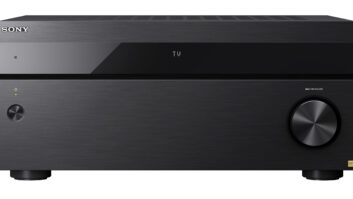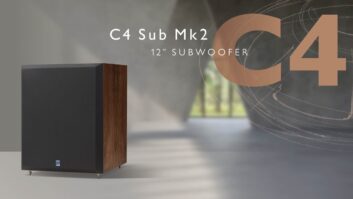
Universal Wireless System 2.0.KEF has launched Universal Wireless System 2.0. Using proprietary technology to eliminate interface with potentially conflicting devices, the wireless system transmits CD quality sound to speakers and features enhanced software and a more powerful transmitter than the previous version.
The KEF Universal Wireless System 2.0 is compatible with the full range of KEF loudspeakers and most other brands of loudspeakers, and is available now for $499.
“The KEF Universal Wireless System 2.0 eliminates the hassle and aesthetic challenges of running wiring between receivers and loudspeakers,” said Alec Chanin, president of KEF America. “With its ease-of-installation and its versatility, this system is perfect for any home entertainment lover who is looking for advanced wireless speakers for virtually any setting or application.”
There is no need for wiring between speakers, as the system includes two receiving units, each of which features a 50W amplifier.
To guard against interference from devices such as Wi-Fi routers, microwave ovens and mobile and cordless phones, KEF Universal Wireless System 2.0 uses a narrow signal band. Coupled with KEF’s error correction technology, this results in exceptionally robust delivery of audio between the transmitter and receiver.
KEF Universal Wireless System 2.0 also employs technology known as Advanced Frequency Hopping Spread Spectrum (AAFHSS) which guards against potentially conflicting transmissions. If a signal from devices such as wireless LAN routers, digital cordless telephones, mobile phones, or microwave ovens interferes, the system “hops” to a different channel, keeping the signal stable. The process takes only milliseconds, according to KEF.







